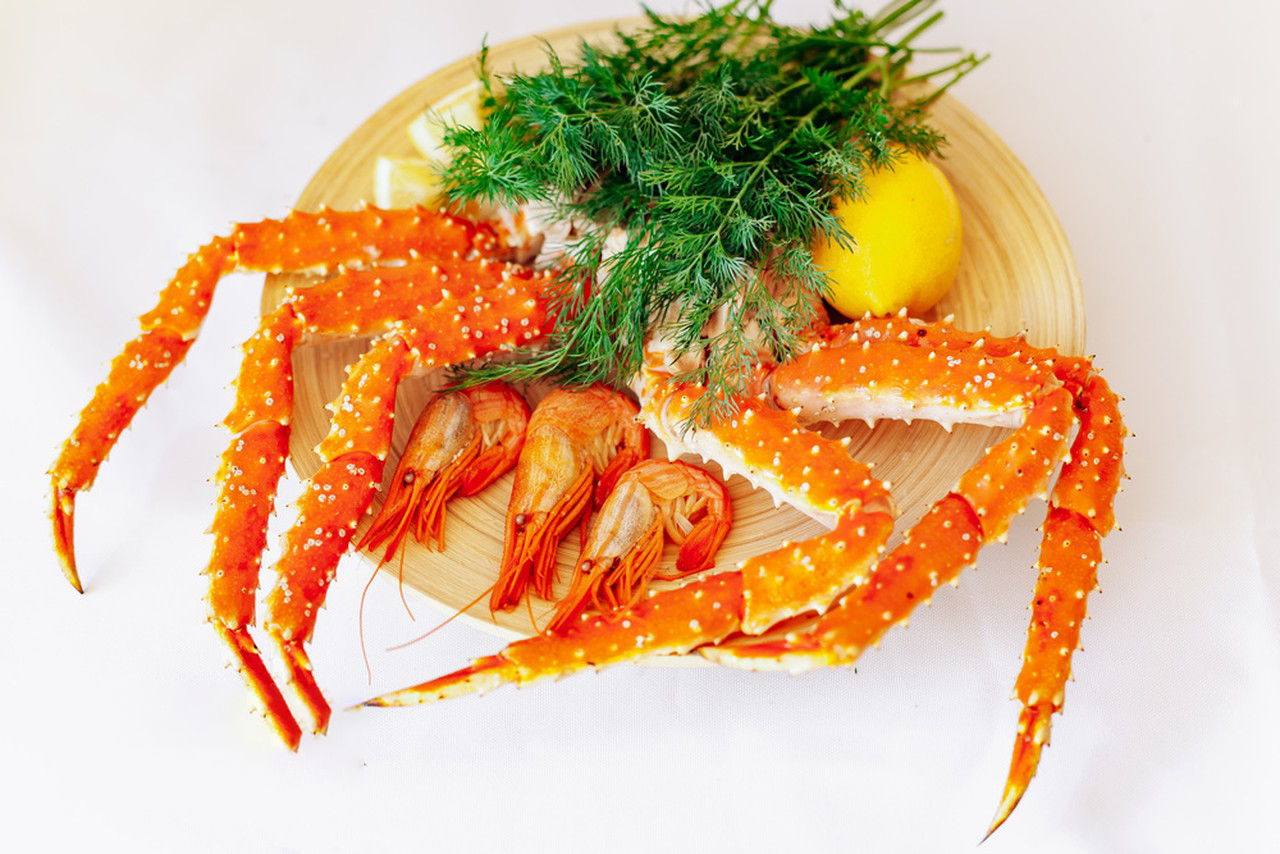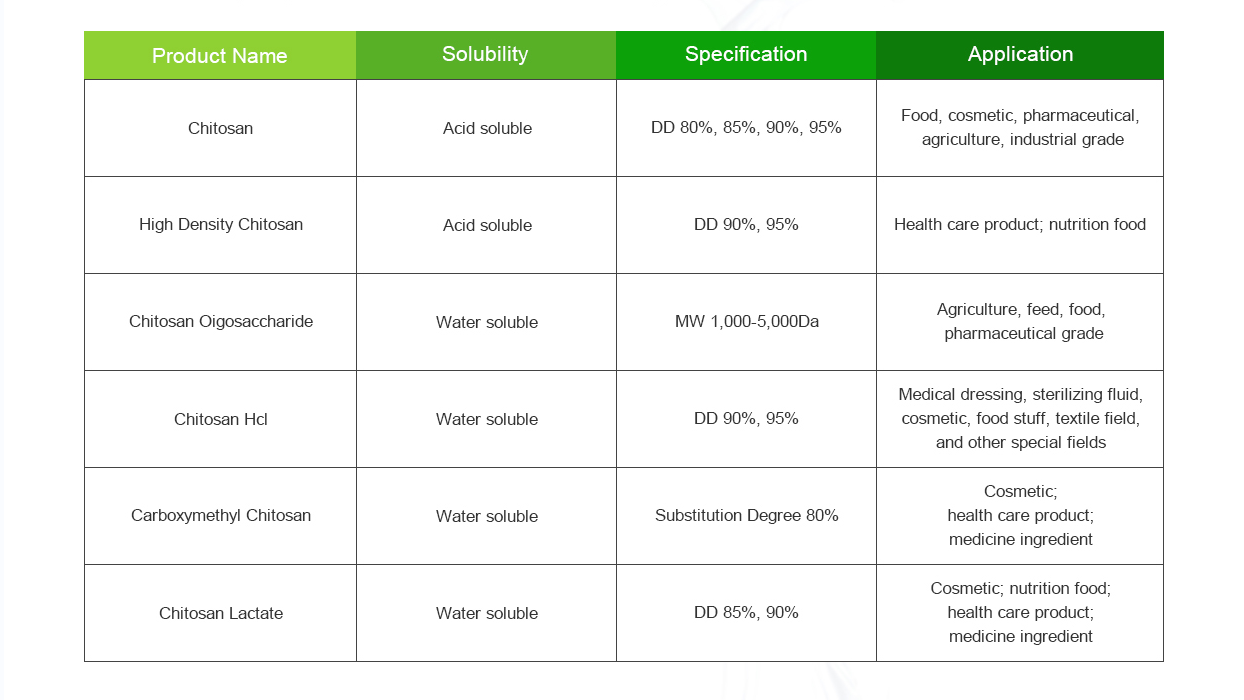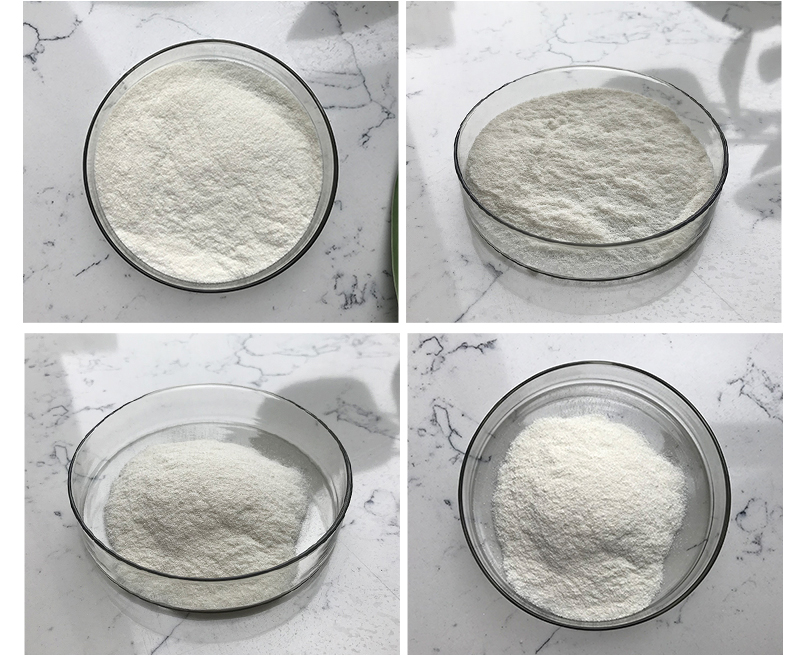Chitosan is a biopolymer derived from chitin, a natural polymer found in the shells of crustaceans like shrimp and crabs. It has been increasingly used in agriculture due to its several beneficial properties. Here’s a breakdown of its function and efficacy in agricultural applications:
1. Antimicrobial Properties
- Function: Chitosan exhibits antimicrobial activity, making it useful as a natural fungicide, bactericide, and insect repellent. It helps in protecting crops from fungal and bacterial infections, especially important for organic farming systems.
- Efficacy: Studies have shown that chitosan can inhibit the growth of pathogens such as Fusarium, Phytophthora, Alternaria, and Botrytis. Its effectiveness can vary depending on the concentration and the plant species.
2. Plant Growth Promotion
- Function: Chitosan can stimulate plant growth by enhancing cell division and elongation, promoting root development, and increasing overall plant vigor.
- Efficacy: Chitosan is known to increase seed germination rates, root biomass, and leaf area in certain plants. It can also improve the plant’s resilience against environmental stress, such as drought or salinity, by increasing water retention and nutrient uptake.

3. Stress Resistance
- Function: Chitosan has been shown to enhance a plant’s resistance to biotic (pests and pathogens) and abiotic (drought, salinity, temperature fluctuations) stresses by inducing systemic acquired resistance (SAR) and improving the plant’s defense mechanisms.
- Efficacy: When applied as a foliar spray or soil amendment, chitosan has been found to increase resistance to stresses by activating defense-related enzymes and molecules (e.g., phytoalexins, chitinases, peroxidases).
4. Biodegradable and Eco-friendly
- Function: Chitosan is biodegradable and non-toxic, making it an environmentally friendly alternative to synthetic chemical pesticides and fertilizers.
- Efficacy: Being biocompatible and non-toxic to humans, animals, and beneficial insects, chitosan is widely used in organic farming and integrated pest management (IPM) strategies.
5. Enhanced Nutrient Uptake
- Function: Chitosan can enhance the uptake of essential nutrients (such as nitrogen, phosphorus, and potassium) in plants by improving root growth and structure.
- Efficacy: Research suggests that chitosan-treated plants show better nutrient absorption, leading to improved growth and higher yields, especially in nutrient-poor soils.

6. Soil Health and Fertility
- Function: Chitosan is used to improve soil structure and fertility by increasing microbial activity in the soil. It can also be used as a soil conditioner.
- Efficacy: In soil applications, chitosan has been found to support beneficial soil microbes that break down organic matter, potentially improving soil quality and promoting healthier plant growth.
7. Slow-Release Fertilizer
- Function: Chitosan is sometimes used as a carrier for slow-release fertilizers or in controlled-release formulations due to its ability to form complexes with nutrients.
- Efficacy: The chitosan-nutrient complexes can release nutrients slowly over time, reducing nutrient leaching and improving the efficiency of fertilizers.
8. Seed Coating
- Function: Chitosan is also used as a seed coating material to protect seeds from pathogens and to enhance seedling growth.
- Efficacy: Chitosan-coated seeds tend to have higher germination rates and better early growth compared to untreated seeds, partly due to its antimicrobial properties and nutrient release.
9. Pest Control
- Function: Chitosan is sometimes used to control certain pests, either by acting as a repellent or by disrupting the pest’s ability to feed or reproduce.
- Efficacy: Some studies suggest that chitosan can reduce pest populations, such as aphids, whiteflies, and other insects, by impairing their feeding behavior.
10. Post-Harvest Protection
- Function: Chitosan is used to extend the shelf life of fruits and vegetables by creating a protective coating that reduces decay, inhibits mold growth, and retains moisture.
- Efficacy: Chitosan coatings have been found to be effective in extending the shelf life of crops like tomatoes, apples, and strawberries by reducing microbial growth and maintaining fruit firmness.

Limitations and Considerations:
- Concentration Sensitivity: The effectiveness of chitosan can vary depending on the concentration, the method of application, and the specific crop.
- Environmental Factors: The efficacy of chitosan can be influenced by environmental factors like temperature and humidity. Optimal conditions need to be considered for best results.
- Cost and Availability: Chitosan is derived from marine sources, which can make it more expensive than synthetic chemicals, although it remains competitive as a natural alternative.
Conclusion:
Chitosan is a promising biopolymer with multiple benefits for agriculture, particularly in enhancing plant growth, protecting against pests and diseases, and improving soil health. Its use in sustainable agriculture aligns with the growing demand for eco-friendly and non-toxic alternatives to chemical fertilizers and pesticides. However, further research is needed to optimize its application techniques and to understand its long-term effects on different agricultural systems.
